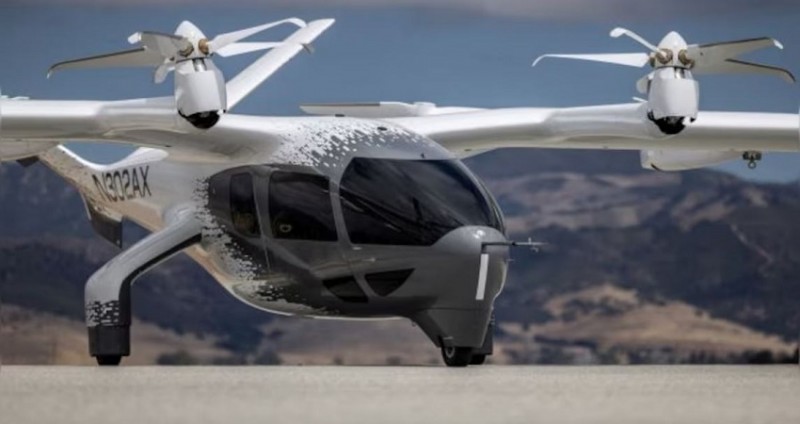
New Delhi: India's aviation ministry has initiated the urban air mobility project, paving the way for the launch of the country's first air taxi services by 2026. This project, which has been in planning for some time, has garnered significant interest from Prime Minister Narendra Modi, who is widely predicted to secure a resounding victory in the upcoming elections.
According to a report by Times of India on June 3, several technical committees set up by the Directorate General of Civil Aviation (DGCA) will steer the introduction of air taxis, starting with Delhi-NCR, Mumbai, and Bengaluru. The plan includes expansion to cities such as Chennai and Hyderabad in subsequent phases.
India is set to lead in regulatory preparedness for electric vertical takeoff and landing (eVTOL) aircraft, which will be crucial for urban air mobility services. IndiGo's parent company, InterGlobe Enterprises (IGE), in collaboration with American air taxi manufacturer Archer Aviation, will develop the necessary infrastructure once regulations are established.
Sources cited in the report confirmed that an Archer team has engaged with Indian aviation authorities regarding the rollout of the program. Rahul Bhatia, the chief of InterGlobe Enterprises (IGE), has placed an order for 200 Midnight air taxis from Archer, valued at approximately one billion dollars.
Archer plans to commence operations in the US next year, starting with New York and Chicago, followed by India and the UAE. The company aims to produce Midnight air taxis at its Georgia factory this year, in collaboration with automotive giant Stellantis.
Nikhil Goel, the Chief Commercial Officer (CCO) of Boeing-backed Archer, noted that the cost per passenger for air taxi services is expected to be slightly higher than Uber. For example, a trip from Delhi to Gurgaon that costs Rs 1,500-2,000 by Uber will cost up to 1.5 times more, approximately Rs 2,000-3,000 per passenger.
The air taxis are expected to be less polluting and quieter than conventional modes of transport, given their electric nature. They operate similarly to helicopters, taking off and landing vertically, with a significantly reduced emission footprint and noise pollution, as per a recent ET report.
The project also involves Boeing, which is contributing autonomous technology for the next-generation eVTOLs, and Stellantis, which is leveraging its manufacturing capabilities to scale up production.
Airline Passengers and Revenues Set to Soar to Record Highs in 2024
Fueling Change: The Rising Impact of Ethanol on Global Energy Markets
Air India Gets DGCA Notice for Flight Delays and Passenger Neglect